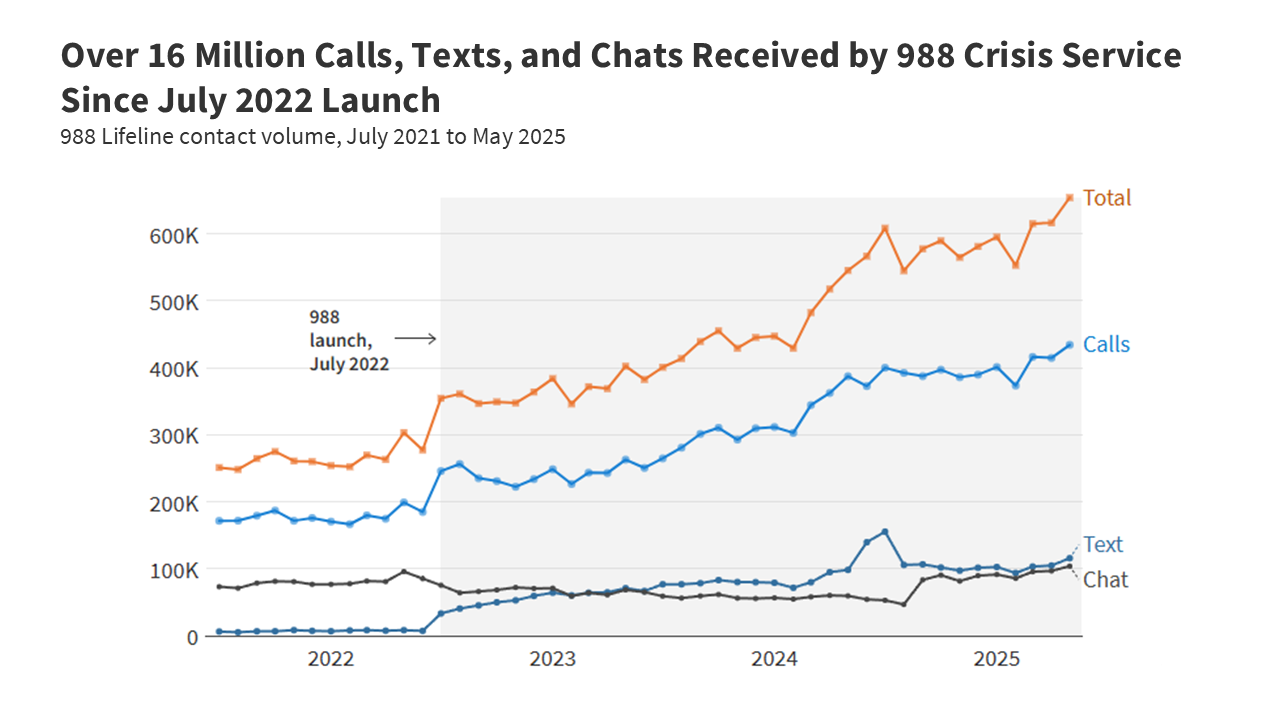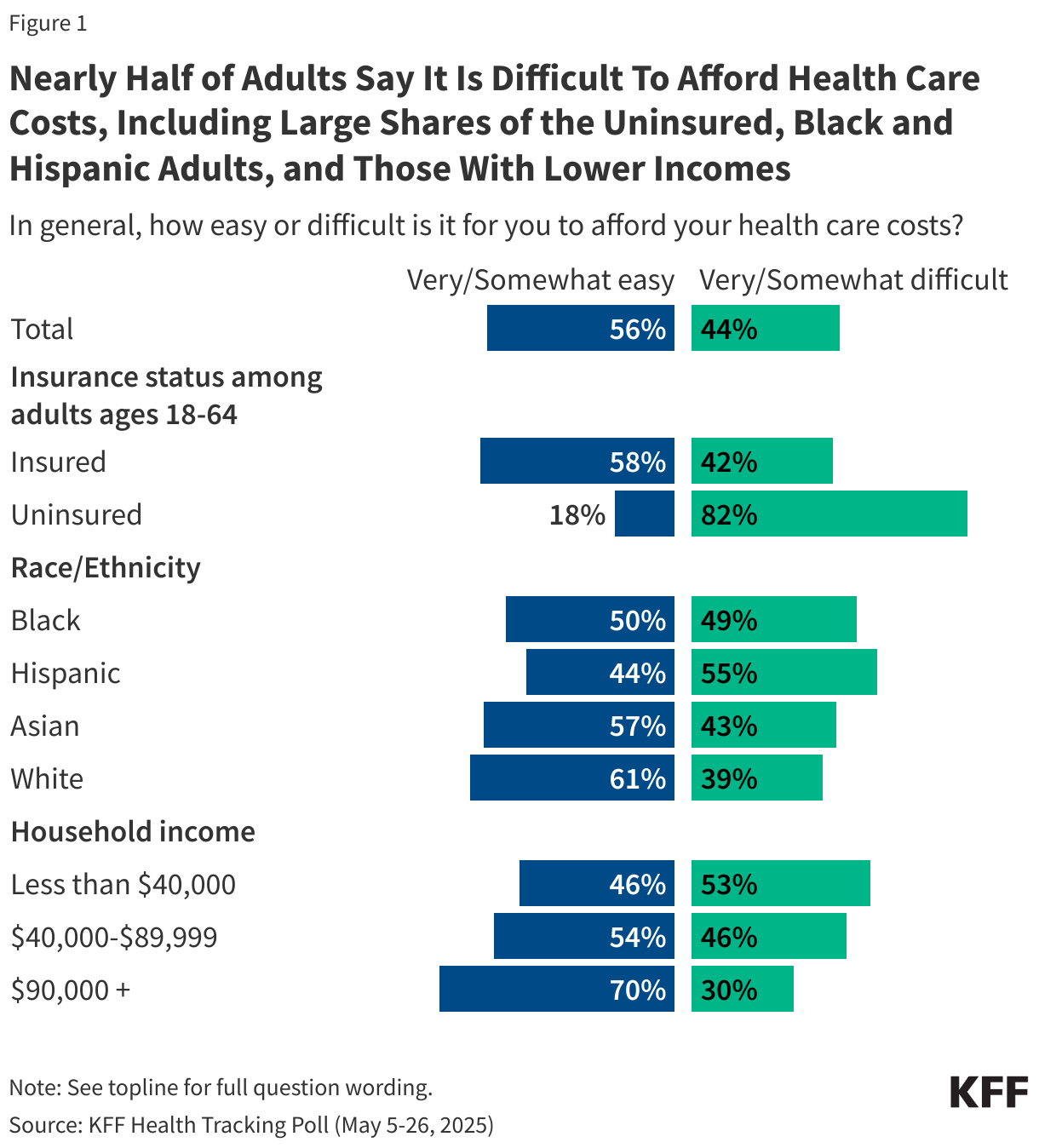Surprise tends to magnify human emotion. If the surprise is positive, a person’s reaction to it will be intensely positive. If it’s negative, it will be extremely negative. Such is the case with unexpected medical bills, and that’s one reason why the No Surprises Act was passed in 2021. It aims to protect consumers from unexpected bills for out-of-network care in both emergency and non-emergency settings. Thanks to the Act, U.S. healthcare organizations must now provide transparent details of the estimated costs of their services – otherwise known as patient estimates. And, so far, it’s working.
One 2023 survey by Blue Cross Blue Shield and AHIP shows that “The No Surprises Act (NSA) prevented more than 10 million surprise bills in the first nine months of 2023 — continuing to protect millions of Americans from crippling medical bills each year.” And as insurance deductibles and out-of-pocket expenses continue to rise, patient estimates are becoming even more critical.
Experian Health’s State of Patient Access Survey 2024 shows that both patients and providers would like to see improvement in the accuracy of patient estimates. Surveys show that 4 in 10 patients say they spent more on their healthcare than anticipated, and nearly one-quarter received surprise bills after treatment.
Creating service transparency takes an effort, but there are also hidden benefits for providers. With medical debt skyrocketing past the $220 billion mark and the cost of care increasing, patient estimates apply much-needed rigor to healthcare billing and collections practices.
Why are patient estimates important?
Pricing estimates enhance the healthcare experience by making the financial responsibilities of treatment more transparent and more manageable. The benefits for patients include:
- Understanding potential treatment costs, allowing them to plan and avoid unexpected expenses
- Making informed decisions about their healthcare options by comparing the costs and benefits of different treatment plans
- Fostering transparency and trust between healthcare providers and patients
- Better coordination with insurance providers so they know what will be covered and what will be an out-of-pocket expense
- Reduced financial anxiety, allowing patients to focus more on their recovery and less on potential financial stress
- Increased cost awareness and acceptance, prompting them to comply more readily with treatment plans and not cancel appointments
Providing a price quote empowers patients while creating a more efficient healthcare system of services rendered and payments received.
Why are patient estimates useful prior to treatment?
It’s better for patients, and the healthcare system as a whole, if patients are more focused on healing and self-care than the stress and anxiety of an unexpected medical bill.
If they know what’s coming, patients can take control and make plans to alleviate any financial turbulence. In the case of planned care and procedures, pre-treatment cost estimates also allow patients to shop around for the best balance between service and price.
In addition to helping patients make smarter treatment choices and financial decisions, patient estimates also help people understand, navigate and coordinate their insurance benefits. That also helps them avoid medical billing surprises that can later lead to collections and damage to their credit scores.
How do patient estimates help providers?
In today’s healthcare landscape, where value and patient experience are key factors in reimbursement, transparency has become crucial in four ways:
- More satisfied patients: Estimates build trust and patient and provider relationships. This trust is essential for effective communication and patient satisfaction and can help reduce patient churn.
- Better adherence to treatment plans: Patients aware of the financial implications are more likely to stick to their treatment plans and follow through with necessary procedures and lifestyle changes. Adherence leads to better health outcomes and a more efficient treatment process.
- Better resource management: Knowing each patient’s expected costs and required resources allows providers to allocate and schedule resources more effectively.
- Improved revenue flow: Pricing estimates at the front end of the medical journey establish upfront financial accountability, which can lead to providers being paid more quickly.
As healthcare costs rise, improving price transparency is a win-win for both patients and providers. Patients want clear, upfront information about treatment costs, insurance coverage and payment options so they can plan ahead with confidence. When providers make this process smoother, it benefits everyone—saving time, reducing stress, and making things more efficient.
Plus, it can help avoid those tough conversations when patients are caught off guard by unexpected bills. Providing the right information from the start creates a more positive experience for everyone involved.
Technology can help create accurate patient estimates
Experian Health’s Patient Estimates tool makes price transparency and providing accurate estimates easier. This solution leverages real-time data, including insurance coverage, payer contract terms and provider pricing, so that everyone knows exactly where they stand before the service is rendered. Patients can focus on getting well while providers create the accountability they need to get paid promptly.
With the right technology, patients and providers can come together in a mutually beneficial and less stressful encounter that leads to better relationships and better health.
Contact us to learn how Experian Health can help your healthcare organization empower patients with clear, accurate cost estimates to enhance transparency, build trust and improve overall care satisfaction.
Publisher: Source link










